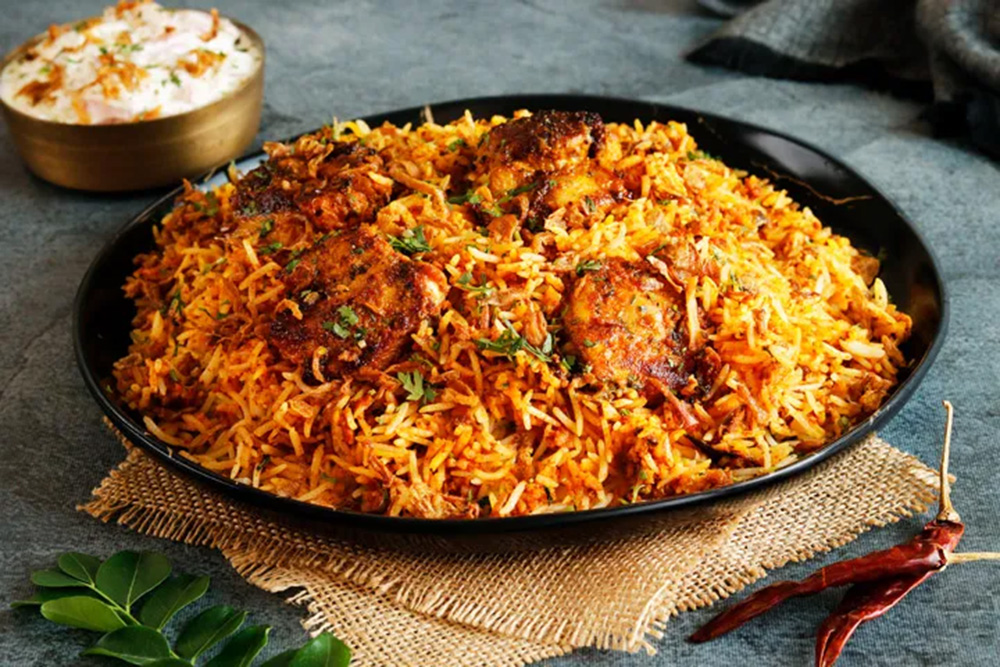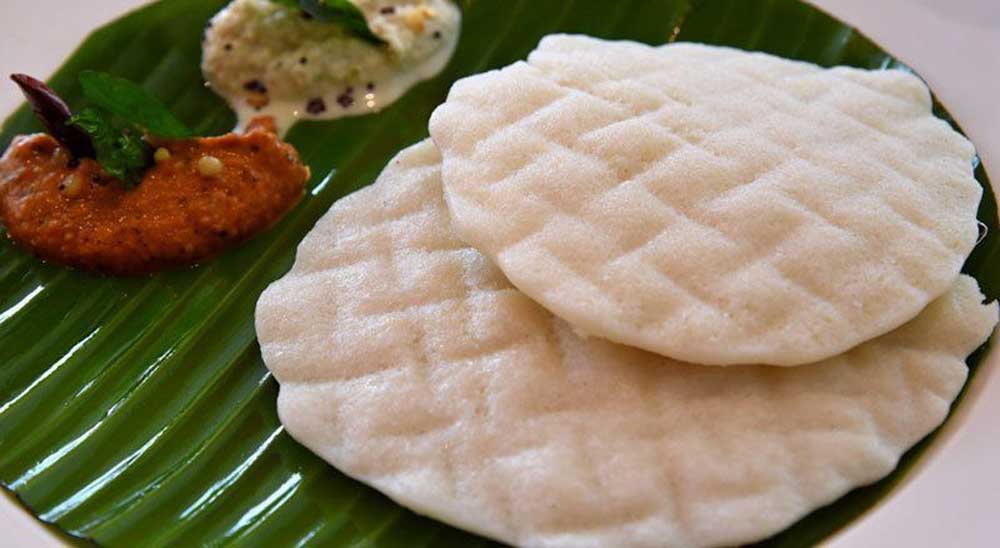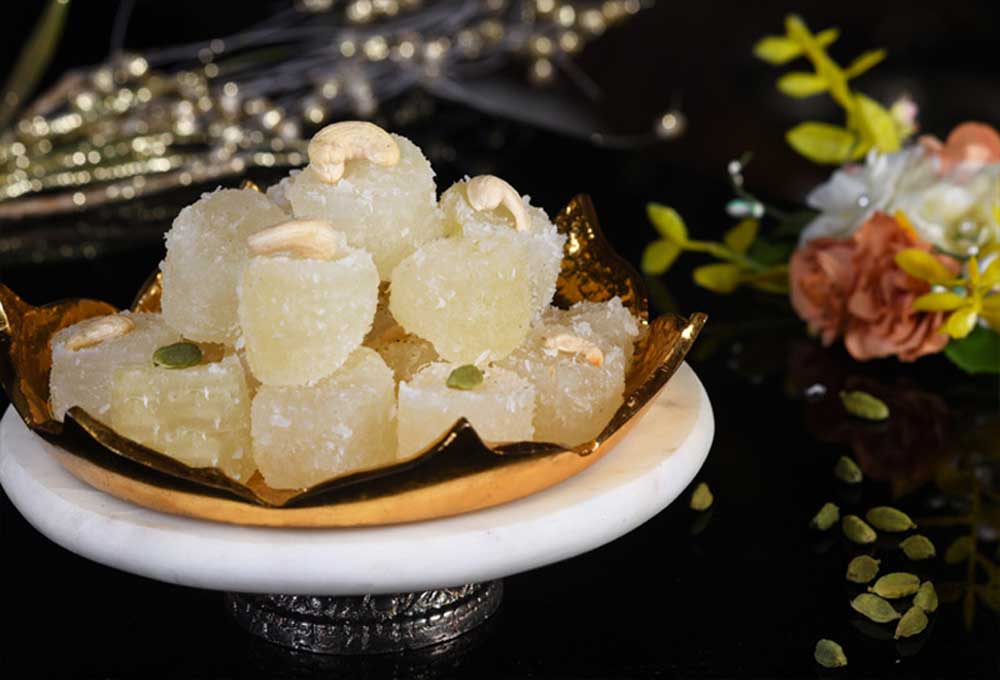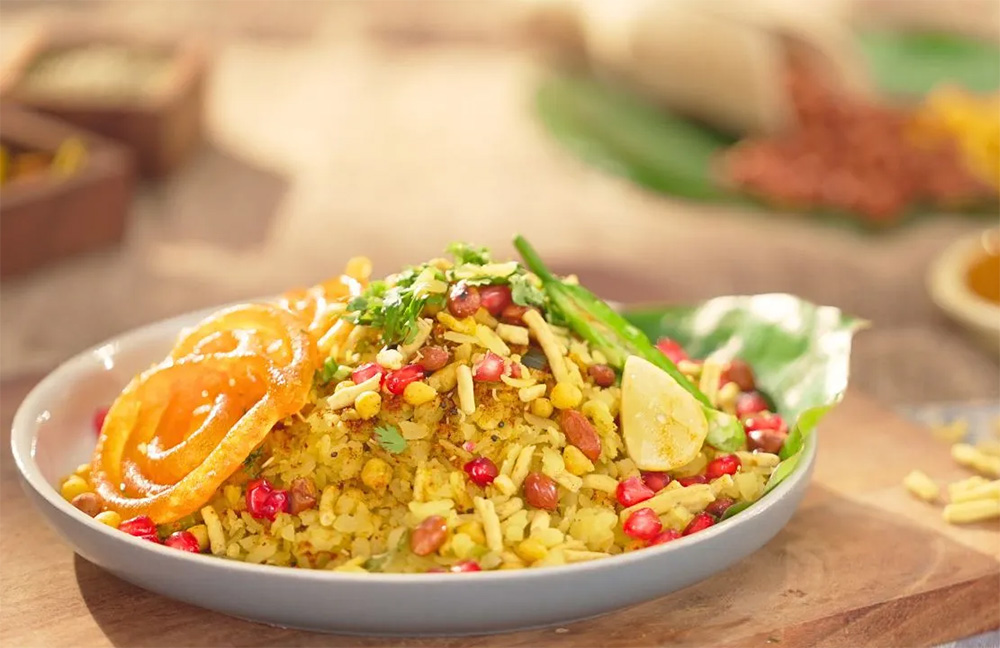India is home to vast culinary diversity. Every section of the nation, from the north to the south, offers a unique cuisine. A majority of us enjoy the cuisine simply focusing on its flavour, but wouldn't it be interesting if you also understood where each dish originated?
It is worth noting that many culinary delights have names that can be traced back to specific places. However, other states have adapted and tweaked these dishes, under an entirely different name. Let’s explore these cuisines and their city of origin!

Moradabadi Dal
It is a dish made of moong dal, garnished with butter, amchoor, and paneer, offering an explosion of taste with each bite. Not only does it melt in the mouth, the tale of its genesis is as fascinating. According to lore, this dal was originally prepared in the city of Moradabad for Prince Murad Baksh, the third son of Shah Jahan. Although the prince enjoyed it made in tur dal, his cook ended up creating this particular dish by accident. It was a hit right away and tasted as good as tur dal. Thus, Moradabadi dal came to be! Every hotel in Uttar Pradesh today has this dal on its menu.

Hyderabadi Biryani
Here’s another well-known Indian dish that bears the name of the city where it is produced. It's believed that this delicacy first debuted in the kitchens of Hyderabadi Nizams. Hyderabadi Biryani is a pure treat to indulge in, as it offers a blend of Mughlai and Iranian flavours. It has admirers not just across South India, but also throughout the nation and overseas.

Ramassery Idli
If you enjoy soft, fluffy idlis, you've probably heard of Ramassery Idli. These are made of black gram, fenugreek, rice, and salt, and are named after Ramassery, a village in Palakkad, Kerala. They are larger in size and have a flatter texture than the traditional idlis we consume. In fact, there is some resemblance to dosas, yet these are softer and fluffier. What distinguishes them is their peculiar texture. The ideal accompaniments for delicious Ramassery Idlis are hot sambar, coconut chutney, or podi masala. After tasting these delicious idlis, your tummy will be growling for more! Mix some hot chammanthi podi, a spicy powder, with some coconut oil to enjoy the dish to the fullest.

Agra Ka Petha
Agra is well-known for the magnificent Taj Mahal. However, the classic petha is something everyone must try. This translucent, soft sweet is available in every corner of the city, produced from winter melon. But why is it known as- Agra Ka Petha? According to history, this delicious treat was created while the Taj Mahal was being built. The petha was created to provide a welcome change of pace for the workers who had grown tired of the same old food they were served every day. Apparently, the pethas gave them extra energy during the construction process. It is also believed that one day, the Mughal emperor Shah Jahan asked for a dish that looked as pure and white as marble, and his chefs whipped up pethas. Both the emperor and his wife supposedly became ardent fans!

Bikaneri Bhujia
Made with spices, moth beans, and gram flour, these crisp treats are named after the city of Bikaner in the western Indian state of Rajasthan. The first recorded manufacturing date of this bhujia is said to have been in 1877, under the reign of Maharaj Dungar Singh. It is said to have gained widespread recognition as Bikaneri bhujia in India since then.

Bengali Aloo-Posto
Do you also think that adding potatoes to a dish enhances its flavour? Aloo-Posto, or Bengali potatoes, is one of the most well-known dishes from West Bengal and is a favourite among vegetarians. Using poppy seed paste and freshly sliced potatoes, this recipe is simple yet tasty. Posto, or poppy seeds, are frequently used by people because they promote sleep and mental calmness.

Indori Poha
It would be hard to discuss poha without mentioning Indori poha. This traditional meal gets its distinct texture from toppings like jalebi, pomegranate, and Indori sev. Poha is believed to have its origins in Maharashtra under the Scindia and Holkar dynasties' rule soon after independence. However, how is this specific variant named after a city in Madhya Pradesh? According to food legends, this special poha was created because they carried certain recipes with them, including a specific one for poha!
Image cource: Fun food frolic, Ranveer Brar, Gopaldaspethewale, TOI, One wholesome meal